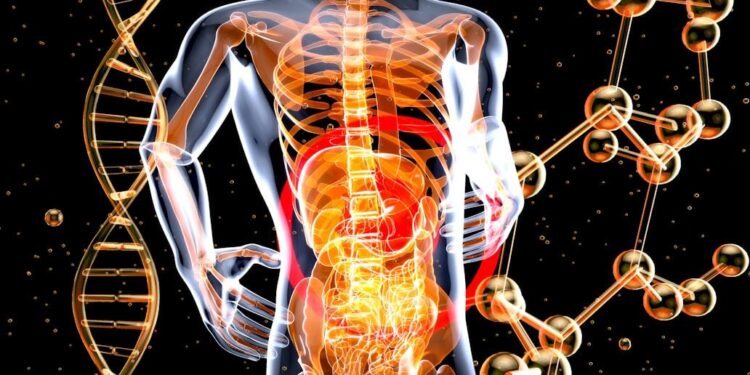Physically, all may be well with you, but internally, could all be well? There are certain medical conditions that people have but have no clue about. Sometimes, you may have a bump or a scratch on your skin and won’t even notice until it becomes something more painful.
Similarly, you wouldn’t know that you have a condition such as liver lesions until bigger symptoms begin to manifest. Most people usually notice that they have liver lesions when they go for an overall body checkup or an ultrasound.
Liver lesions are abnormal growth or change in the liver that appears in different shapes and sizes, which can be cancerous or non-cancerous. It can be caused by different factors but mostly damage to the liver like fatty liver disease or heavy alcohol consumption. In this article, we are going to be looking at possible ways to treat liver lesions and even better, how to prevent them from forming in the first place.

Prevention of Liver Lesions
I’ll put this first before you click off this page. Not suffering from liver lesions doesn’t mean it’s not your cup of tea. Even though you don’t have liver lesions, it’s way better to know what they are and prevent them than deal with them later.
One big way to protect your liver is by taking care of yourself. If you’re into drinking alcohol, consider cutting back on your consumption. Also if you haven’t gotten vaccinated for hepatitis B and C, you should consider doing so, to avoid liver infection. Furthermore, eat a healthy diet that doesn’t add too much fat to the liver.
Lastly, if you’re someone who’s at risk for liver problems, like if you have any hereditary liver disease, you need to go for regular checkups.
How to Treat Liver Lesions
The treatment for liver lesions depends on whether or not the lesion is harmless or cancerous.
Benign Lesions
At first, when the harmless liver lesion is little, the doctor would most likely keep an eye on it through regular checkups. However, if the lesion starts to grow big and causes some symptoms, then there are a couple of options the doctor would recommend.
Surgical resection: The doctor would use a surgical procedure to remove the lesions to prevent future troubles.
Embolization: For some specific type of harmless lesions, the doctor would carry out an embolization. This is a process whereby the doctor blocks the blood flow to the lesions, which can result in the lesions shrinking over time and reducing the symptoms.
Malignant Lesions
Malignant lesions are a whole different ball game because they are cancerous. If someone has these, here are some of the things the doctor may recommend:
Surgical resection: If the cancer hasn’t spread too much, the doctor may recommend surgery to remove the tumor. Surgery is of two types: curative, and palliative. Curative aims at getting rid of all cancers. Palliative, on the other hand, helps ease symptoms but may not completely cure it.
Liver transplantation: Sometimes the liver might get in bad shape due to the cancer and the best option becomes a liver transplant.
Ablation therapy: These are less invasive options, which include treatments like radiofrequency ablation or percutaneous ethanol injections, which are focused on destroying cancer cells without messing too much with the healthy tissues surrounding the liver.
Chemotherapy: If the cancer has spread too much, the doctor might recommend chemotherapy, which is a medication that is targeted at killing the cancerous cells.
Radiation therapy: This is another option where high energy rays are used to zap cancer cells. This is often used if surgery isn’t an option.
Targeted therapies: Targeted therapies are newer treatment options that aim to specifically attack cancer cells while leaving healthy cells alone.
Conclusion
At the end of the day, your liver plays a vital role in keeping your body in check, and while you may not always feel when something’s wrong, taking care of it is key.

















